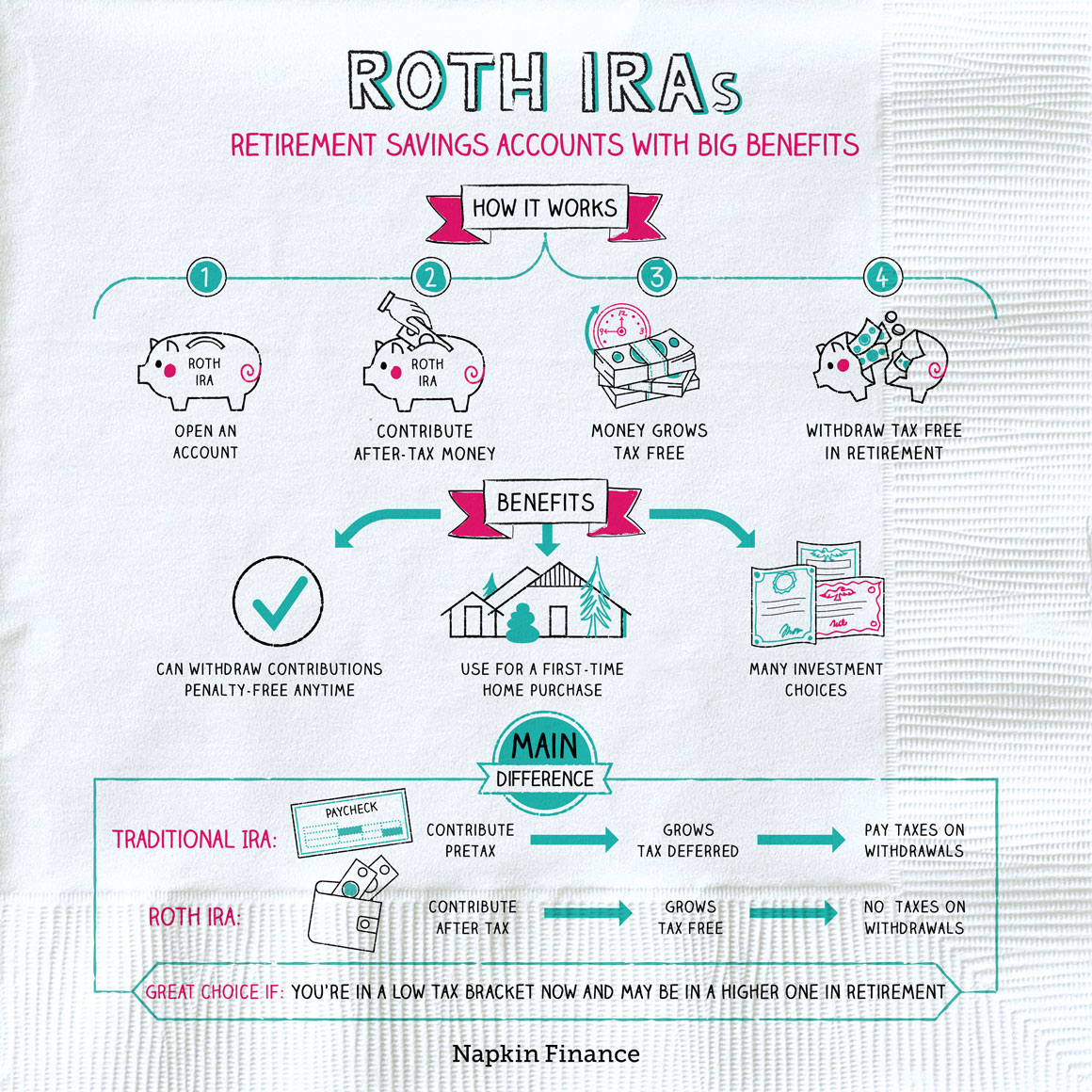5 Key Documents to Withdraw from Roth IRA

Navigating the world of retirement accounts can often feel like a complex maze, but understanding how to effectively manage your Roth IRA can be crucial for maximizing your financial benefits. One of the key aspects of managing this type of account is knowing which documents are essential for withdrawing funds from a Roth IRA. Let's dive into the five key documents you'll need to ensure a smooth withdrawal process.
1. Proof of Identity

First and foremost, to withdraw from your Roth IRA, you’ll need to provide proof of your identity. This is crucial for security reasons, ensuring that only you or authorized individuals can access the funds.
- Valid government-issued photo ID: Driver’s License, Passport, or similar.
- Social Security Card: Sometimes required by financial institutions to verify your identity.
These documents ensure that your identity is confirmed, preventing unauthorized withdrawals.
2. Roth IRA Account Information

To proceed with any withdrawal, you must have all your account details at hand. This includes:
- Your account number
- Name and details of the financial institution where your Roth IRA is held
- Your beneficiary designations if applicable
Having these details ensures that your withdrawal request is processed correctly.
3. Distribution Request Form

The distribution request form, often found on your financial institution’s website, is key to withdrawing funds. Here’s what you need to know:
- Complete the Form: Fill it out accurately with all required information.
- Indicate Withdrawal Type: Specify if it’s a qualified distribution, non-qualified distribution, or a specific type like for a first-time home purchase or education expenses.
- Understand the Tax Implications: While Roth IRAs offer tax-free qualified withdrawals, non-qualified withdrawals might have tax consequences or penalties.
🔍 Note: Ensure you understand the tax implications of your withdrawal. Consult a financial advisor if you’re unsure about how your withdrawal might affect your taxes.
4. Contribution Records

For Roth IRAs, contribution records are vital, especially if you’re withdrawing contributions before age 59½ without penalty. These records include:
- Details of all contributions made to the account
- Annual contribution statements
- Records of any conversions or rollovers
These documents help verify the amount you can withdraw tax-free as contributions.
5. IRS Form 1099-R

After your withdrawal, you’ll receive Form 1099-R from your financial institution. Here’s what to do:
- Check the form for accuracy in the amount withdrawn and tax implications.
- Use this form to report the distribution on your federal income tax return.
📅 Note: The IRS requires you to report distributions from your IRA on your tax return, even if they are tax-free.
In summary, managing the withdrawal process from your Roth IRA involves more than just hitting a button or filling out a form. By preparing these key documents, you ensure that your withdrawal is processed efficiently, with the right tax implications considered. This approach not only helps you comply with regulations but also safeguards your financial future by optimizing your retirement savings withdrawal strategy.
What is the difference between qualified and non-qualified withdrawals from a Roth IRA?

+
A qualified withdrawal from a Roth IRA is tax-free if you meet specific conditions, like the account being open for at least five years and you being 59½ or older, or using the funds for a first-time home purchase, education expenses, or certain medical expenses. Non-qualified withdrawals can be subject to taxes and penalties.
Can I withdraw contributions to my Roth IRA at any time?

+
Yes, you can withdraw your contributions to a Roth IRA at any time without penalty or taxes because these contributions have already been taxed. However, withdrawing earnings before meeting the qualified withdrawal rules might incur taxes and penalties.
Do I need a financial advisor to help with Roth IRA withdrawals?

+
While not mandatory, consulting with a financial advisor can be beneficial, especially if you’re considering complex withdrawals like for education, first-time home buying, or early retirement. They can help optimize your strategy for tax efficiency and future savings.
What if I lose the documents required for Roth IRA withdrawal?

+
If you’ve misplaced your documents, contact your financial institution for replacements. For legal identity documents, you’ll need to apply for new ones through the respective issuing bodies. For account details and forms, your financial institution can provide new copies or help you fill them out online.
Can I make a withdrawal from my Roth IRA before age 59½ without penalty?

+
Yes, under certain conditions. You can withdraw contributions without penalty, or if you’re using the funds for qualified purposes like buying a first home, education expenses, or disability-related needs, these are also penalty-free.